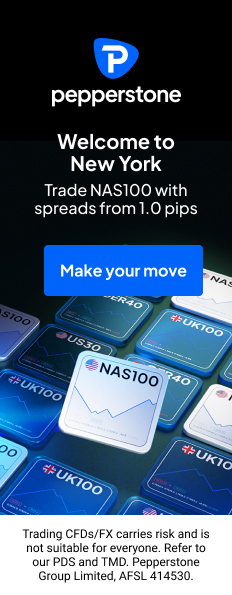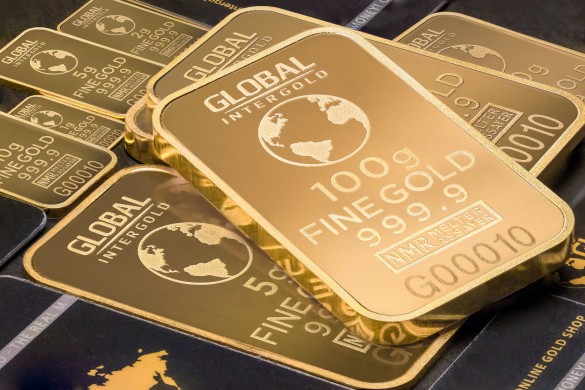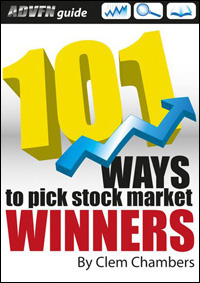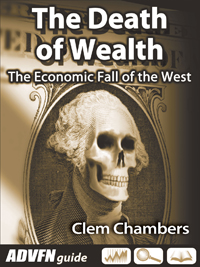Today I want to tackle some important investment principles expressed in a very succinct form by Warren Buffett.

Determine value apart from price…progress apart from activity…wealth apart from size.
Warren Buffett
Value apart from price
How often have you heard news broadcasters say that so-many billions have been wiped of the value of shares today?
Or someone say that the value of a company has risen today by x-number of pounds because its share price rose by 10% today?
Neither of these statements make sense to a value investor brought up in the Benjamin Graham school of thought.
The price might have changed, but it is very unlikely that the value has changed, or, at least, not by the same degree as the price change.
Value is intrinsic value.
Intrinsic value is determined by the present value of all the future years’ owner earnings to be passed to shareholders.
This is a discounted cash flow calculation and could be quite fiddly. But, we can dispense with any pretence at precision because the underlying factors are usually qualitative, and therefore we have to admit they are rough guesses.
So, an approximation will suffice. You only need a rough idea of the discounting effect on the estimated future cash flows, rather than being mathematically perfect.
Owner earnings are those annual cash flows available for distribution to shareholders after the firm has spent enough to maintain its economic franchise (e.g. pricing power maintained by spending sufficient on marketing, R&D, training, goodwill building, etc.) and to pay for investment in all value generating (positive net present value) projects to allow maintenance of unit volume or intelligent growth in that unit volume.
They are calculated after allowing for sufficient expenditure on capital items and increases in net working capital to maintain franchise, volume and growth.
Owner earnings are ultimately determined by non-quantitative factors. These range from the “share of mind” (the extent to which customers like the product leading to a willingness to pay extra for the brand, e.g. Mars bars rather than a generic chocolate bar) to the quality of the management or the possession of an extraordinary franchise due to say access to a low-cost raw material source.
Once the intrinsic value range has been estimated – it has to be a range because of the qualitative nature of the most important input variables – this can be compared with the current price being offered in the stock market.
Sometimes the price is sufficiently far below the intrinsic value as to offer a good margin of safety should the share be bought. Most of the time it does not.
Progress apart from activity
This idea can be applied to many aspects of life and business, but I’ll focus here on a few issues for investors.
There are many ways to be “active” in the financial markets. You might spend hours looking at charts of share prices……..
….or reading market pundits views on the next movement in the index or a particular share…..
….or the detail of macroeconomic projections, with political overtones (which will keep you very active over the next few months as Trumponomics, Brexit reality and a host of other difficult to predict psychological……….To read the rest of this article, and more like it, subscribe to my premium newsletter Deep Value Shares – click here http://newsletters.advfn.com/deepvalueshares/subscribe-1


 Hot Features
Hot Features













